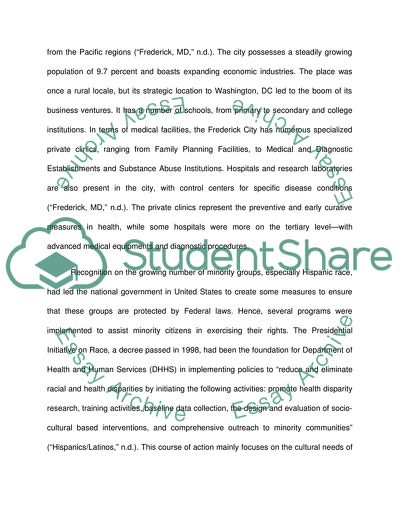Cite this document
(Correctional Nursing: The Impact of Prison Culture on Health and Article, n.d.)
Correctional Nursing: The Impact of Prison Culture on Health and Article. https://studentshare.org/nursing/1732842-correctional-nursing-the-impact-of-the-prison-culture-on-health-and-wellness
Correctional Nursing: The Impact of Prison Culture on Health and Article. https://studentshare.org/nursing/1732842-correctional-nursing-the-impact-of-the-prison-culture-on-health-and-wellness
(Correctional Nursing: The Impact of Prison Culture on Health and Article)
Correctional Nursing: The Impact of Prison Culture on Health and Article. https://studentshare.org/nursing/1732842-correctional-nursing-the-impact-of-the-prison-culture-on-health-and-wellness.
Correctional Nursing: The Impact of Prison Culture on Health and Article. https://studentshare.org/nursing/1732842-correctional-nursing-the-impact-of-the-prison-culture-on-health-and-wellness.
“Correctional Nursing: The Impact of Prison Culture on Health and Article”. https://studentshare.org/nursing/1732842-correctional-nursing-the-impact-of-the-prison-culture-on-health-and-wellness.


